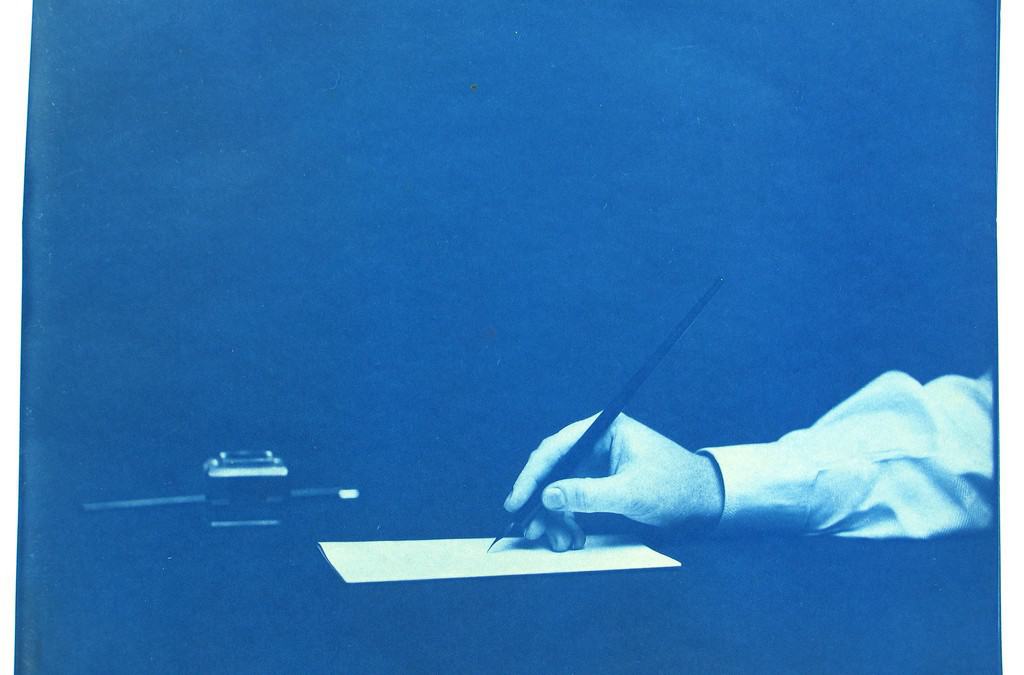Get a higher SAT Essay score - fast - with our instant-download complete course.
What’s the secret to writing a killer essay on the SAT?
First off, there are many ways to approach the SAT Essay. Sticking to a proven SAT essay template may help struggling students, but it’s definitely not the only way forward.
No matter which approach you take, however, you will be graded on a few major points. Your essay absolutely—no exceptions—needs the following:
- A clear thesis
- A logical structure
- Descriptive examples
- Thoughtful analysis
- Intelligent use of vocabulary
Let’s discuss each of these components!
First, the thesis. This is the argument the essay makes. It’s a statement of opinion that you’ll need to prove. For example…
- Questioning authority is critical because people in positions of authority are fallible and, at times, abuse their power.
- Creativity is needed more than ever in today’s society: without it, there can be no progress.
- Local issues are more important than national issues because change happens from the bottom up.
Next, let’s talk structure, examples, and analysis. The essay should be divided into paragraphs! It’s a big mistake to write a long block of text. It’s also very important to make smooth transitions between paragraphs using transition words.
Here’s a Sample Structure for the SAT Essay:
Paragraph 1 — Introduction
The introduction should be three to four sentences. It should contain your thesis, wherein you answer the question directly and provide a general snapshot of where your examples will come from. For example:
Although it requires courage, questioning authority is critical because people in positions of authority are fallible and, at times, abuse their power. History and literature are replete with instances of this, as we find when studying World War II and George Orwell’s 1984.
Paragraph 2 — Example #1
Here, you’ll turn to your first specific example. These paragraphs, which contain the evidence to prove your thesis, should be the longest and most substantive paragraphs in the essay. First, describe the example in detail. Then—and this is critical—offer your own commentary and analysis. Be insightful. Explain how your example proves your thesis.
Paragraph 3 — Example #2
Transition smoothly to your second example and repeat the process described above. Be specific, analyze, connect the second example to your first example, and don’t forget to circle back to your thesis.
Paragraph 4 — Synthesis
This paragraph is optional, but recommended if you want a 10-12. Here you should consider both examples in context of one another. This is also a great time to recognize and refute the counter-argument. (Although some might argue that…this is misguided because…)
Paragraph 5 — Conclusion
Reassert your argument and reference your examples. Universalize. Gesture beyond the essay. What should the reader keep in mind, going forward?
You don’t have to hold fast to this structure. It’s possible to score well on the essay by using one very specific example with very thoughtful analysis. Whatever approach you take, be sure that your essay contains a thesis, follows a logical structure, discusses specific examples, uses intelligent vocabulary, and provides thoughtful analysis. Here are a few more tips!
Tips for a 10-12 on the SAT Essay
- Respond to the prompt. Take one side and don’t equivocate. Have an argument, in other words!
- Write a 5-paragraph essay with transition words and a topic sentence for each paragraph.
- Fill both pages, if you can.
- Use SAT vocabulary! This can make a big difference if you’re shooting for a 12!
- Conclude by reasserting your argument and universalizing.
* * *
That’s all for today! For our deepest dive into SAT Essay strategy, get the Complete SAT Essay and ACT Essay Course, available only through our online store.
For more free SAT prep tips, join our mailing list. Want private SAT tutoring or small-group classes? Contact us today for a free, personalized consultation!
